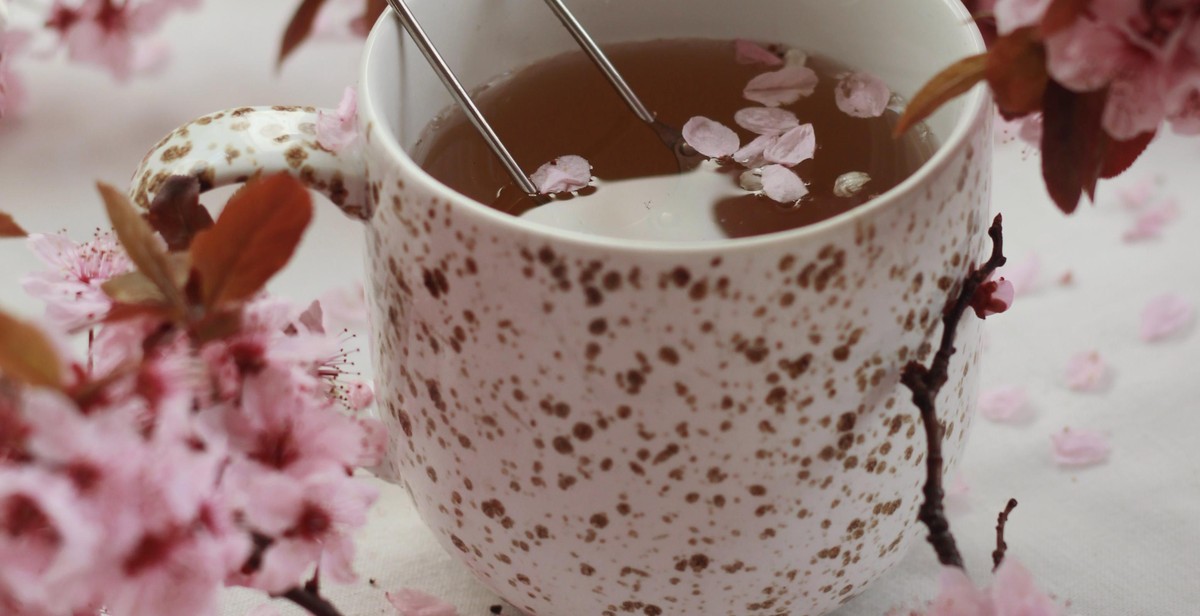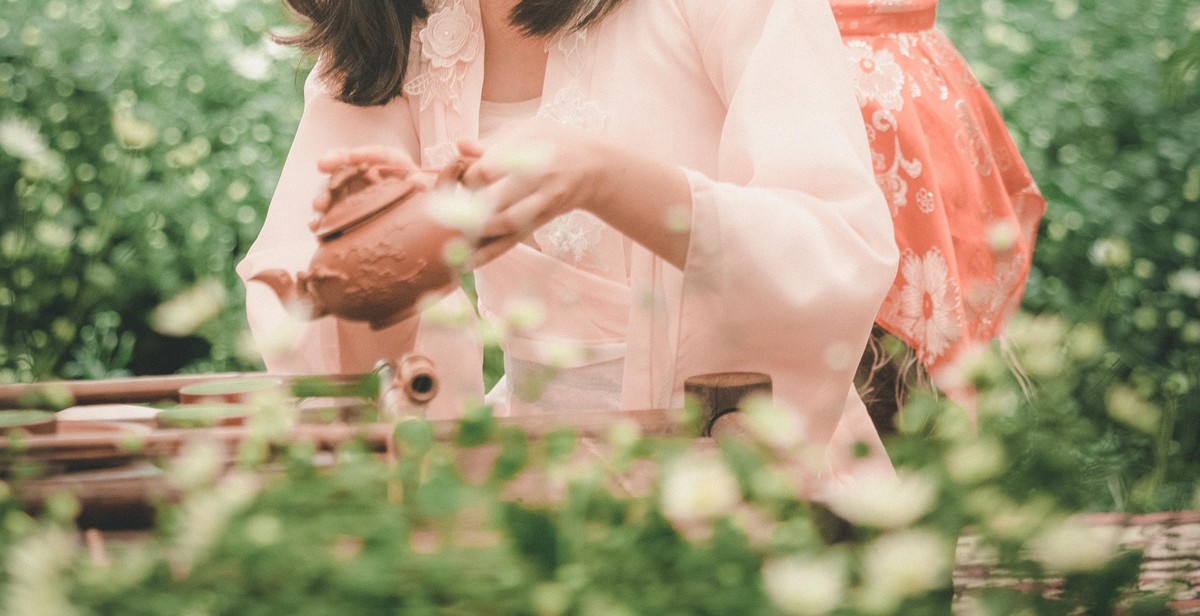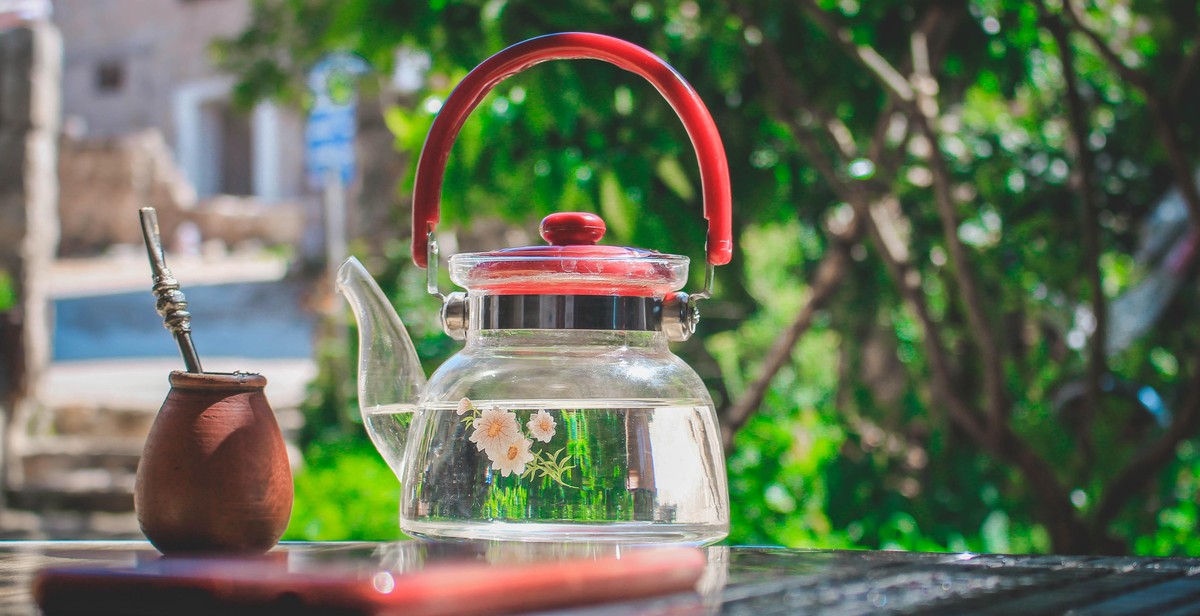Introduction
Tea has been a beloved beverage for centuries, with a rich history and culture surrounding its consumption. From traditional black tea to exotic blends, there is a flavor for every taste. However, buying tea from stores can be expensive, and the quality may not always be up to par. That’s why growing your own tea garden can be a fun and rewarding experience.
In this article, we will guide you through the process of growing your own fresh tea garden and creating herbal infusions. We will cover the different types of tea plants, the growing conditions they require, and the steps to take to harvest and prepare your tea leaves. We will also explore the benefits of herbal infusions and how to make them using your homegrown herbs.
Whether you’re a seasoned gardener or a beginner, growing your own tea garden can be a fun and fulfilling way to enjoy fresh, high-quality tea. Not only does it provide a source of fresh herbs and tea leaves, but it also allows you to connect with nature and appreciate the beauty of the outdoors.
Benefits of Growing Your Own Tea Garden
- Cost-effective
- High-quality and fresh tea
- Connect with nature and the outdoors
- Customize your blends to your taste
- Reduce your carbon footprint by growing your own herbs

Choosing the Right Plants
The first step in growing your own fresh tea garden is to choose the right plants. Here are some tips to help you select the perfect tea plants for your garden:
Researching Tea Varieties
There are many different varieties of tea plants, each with their own unique characteristics and flavor profiles. Some popular tea varieties include:
- Camellia sinensis (true tea)
- Mint
- Lemon balm
- Chamomile
- Lavender
Before choosing your tea plants, do some research to determine which varieties are best suited for your climate and soil conditions.
Consider Climate and Soil
Tea plants require specific conditions to thrive, including the right climate and soil. For example, true tea (Camellia sinensis) grows best in warm, humid climates with well-drained soil. Mint, on the other hand, prefers cooler temperatures and moist soil.
Before selecting your tea plants, consider your local climate and soil conditions to ensure that you choose plants that are well-suited for your garden.
Starting with Seeds or Cuttings
Once you have chosen your tea plants, you can start growing them from either seeds or cuttings. Starting from seeds can be more challenging, as tea seeds can be difficult to germinate. However, starting from cuttings is relatively easy and can be done by taking stem cuttings from established plants.
When starting from cuttings, be sure to use a rooting hormone to help the cuttings take root. Place the cuttings in a well-draining soil mix and keep them moist until they have established roots.
| Tea Variety | Climate | Soil |
|---|---|---|
| Camellia sinensis (true tea) | Warm, humid | Well-drained |
| Mint | Cooler | Moist |
| Lemon balm | Warm, humid | Well-drained |
| Chamomile | Cool | Well-drained |
| Lavender | Warm, dry | Well-drained |

Preparing Your Garden
Growing your own tea garden can be a rewarding and relaxing experience. However, before you start planting, it is important to prepare your garden properly to ensure the best possible growing conditions for your tea plants. Here are some tips on how to prepare your garden:
Selecting the Right Location
The first step in preparing your garden for your tea plants is to select the right location. Tea plants require a lot of sunlight and prefer a warm, humid climate. Choose a spot in your garden that receives at least 6 hours of direct sunlight each day and is protected from strong winds.
Preparing the Soil
The soil in your garden should be well-draining and rich in nutrients. Before planting, prepare the soil by removing any weeds or debris and loosening the soil to a depth of at least 12 inches. Add compost or other organic matter to improve the soil’s fertility and structure.
Testing the Soil
It is also a good idea to test your soil’s pH level to ensure it is within the optimal range for tea plants. A pH level between 6.0 and 6.5 is ideal. You can purchase a soil testing kit at your local garden center or online.
Planting and Caring for Your Tea Garden
Once your garden is prepared, it’s time to plant your tea plants. Space them at least 3 feet apart to allow for adequate air circulation and growth. Water your plants regularly, especially during hot weather, and fertilize them with a balanced fertilizer every 4-6 weeks.
To ensure healthy growth, prune your tea plants annually in late winter or early spring. Remove any dead or damaged branches and shape the plant to encourage new growth.
By following these tips and properly preparing your garden, you can enjoy a bountiful harvest of fresh tea leaves and create delicious herbal infusions from the comfort of your own home.

Harvesting and Processing Your Tea
Harvesting and processing your tea can be a rewarding experience. Here are some tips on how to harvest, dry, cure, blend, and flavor your tea.
When to Harvest
The best time to harvest your tea leaves is in the morning when the dew has dried but before the heat of the day sets in. The younger the leaves, the better the flavor. You can harvest the top two or three leaves and the bud of each stem. It’s best to harvest regularly to encourage new growth.
Drying and Curing Your Tea Leaves
After harvesting, spread the leaves out on a flat surface to dry. You can also use a dehydrator or an oven set to a low temperature. Once the leaves are dry, they need to be cured to bring out their flavor. Curing can be done by steaming, pan-frying, or baking. Steaming is the most common method for green tea, while black tea is usually pan-fried or baked. The curing process can take anywhere from a few minutes to several hours, depending on the type of tea.
Blending and Flavoring Your Tea
Once your tea leaves are cured, you can blend them to create your own unique flavor. You can also add herbs, spices, or flowers to your tea blend. Some popular additions include mint, lavender, ginger, and citrus peel. Experiment with different blends and flavors to find your favorite combination.
| Tea Type | Drying Method | Curing Method |
|---|---|---|
| Green Tea | Air-dry or Dehydrate | Steam |
| Black Tea | Air-dry or Dehydrate | Pan-fry or Bake |
| Oolong Tea | Air-dry or Dehydrate | Pan-fry or Bake, then Roll |
Remember to store your tea in an airtight container in a cool, dark place to preserve its flavor and freshness.

Creating Herbal Infusions
Herbal infusions are a great way to enjoy the flavors and health benefits of your fresh tea garden. Here’s how to create your own herbal infusions:
Choosing the Right Herbs
Before making an herbal infusion, it’s important to choose the right herbs. Here are some popular herbs for making herbal infusions:
- Mint: Mint is a refreshing herb that is perfect for making tea. It also has a number of health benefits, including aiding digestion and reducing stress.
- Lemon Balm: Lemon balm has a citrusy flavor and is great for making tea. It can also help reduce anxiety and improve sleep.
- Chamomile: Chamomile has a calming effect and is perfect for making tea before bed. It can also help reduce inflammation and promote good digestion.
- Lavender: Lavender has a floral flavor and is perfect for making tea. It can also help reduce stress and anxiety.
- Rosemary: Rosemary has a savory flavor and is perfect for making tea. It can also help improve memory and concentration.
Making Tea Infusions
To make an herbal infusion, follow these steps:
- Boil water in a pot or kettle.
- Add 1-2 teaspoons of dried herbs or 2-3 teaspoons of fresh herbs to a tea infuser or tea bag.
- Pour hot water over the herbs and let steep for 5-10 minutes.
- Remove the tea infuser or tea bag.
- Add honey or lemon to taste, if desired.
Storing and Enjoying Your Herbal Infusions
Once you’ve made your herbal infusion, you can store it in the refrigerator for up to 2 days. To enjoy your herbal infusion, pour it into a cup and enjoy hot or cold. You can also add ice cubes or garnish with fresh herbs for a more flavorful experience.
By creating your own herbal infusions from your fresh tea garden, you’ll be able to enjoy the flavors and health benefits of your favorite herbs. Experiment with different herbs and flavors to find the perfect combination for you.

Conclusion
Starting your own fresh tea garden is a fun and rewarding way to enjoy your own herbal infusions and teas. With a little bit of planning, research, and effort, you can grow a variety of herbs and plants that will provide you with fresh and flavorful teas all year round.
Remember to choose the right location for your garden, prepare the soil properly, and select the right plants based on your preferences and climate. You can also experiment with different blends and recipes to create your own unique tea blends.
Don’t forget to harvest your herbs regularly and dry them properly to ensure that they retain their flavor and aroma. You can also store your herbs in airtight containers for future use.
By growing your own tea garden, you can enjoy the benefits of fresh and natural teas that are free from chemicals and additives. You will also have the satisfaction of knowing that you have created something beautiful and useful with your own hands.
- Choose the right location for your garden
- Prepare the soil properly
- Select the right plants based on your preferences and climate
- Experiment with different blends and recipes
- Harvest your herbs regularly and dry them properly
- Store your herbs in airtight containers for future use
With these tips and techniques, you can grow your own fresh tea garden and enjoy the delicious and healthy benefits of herbal infusions and teas.
| Resources: | https://www.gardeningknowhow.com/edible/herbs/hgen/growing-herbs-for-tea.htm |
| https://www.naturallivingideas.com/grow-your-own-tea/ | |
| https://www.thespruce.com/growing-tea-plants-1403452 |
